 Blogs
Blogs
For the last decade or so, the outsourcing of crucial research functions by pharmaceutical and biotechnology companies has become increasingly common and has resulted in the rapid growth of the Contract Research Organization (CRO) industry. But the selection of the best CRO partner to work on your critical research programs…
 Blogs
Blogs
Rosalind Franklin: Unveiling the DNA Helix and Beyond She is known for the celebrated photo 51 She is famous for her X-rays An American university and an English research institute bear her name Her name is Rosalind Franklin. Her crucially important X-ray crystallography work was key to…
 Blogs
Blogs
Flow Cytometry has been an invaluable tool for scientific advancement in immunology, oncology, stem cell research, infectious disease, vaccines, and drug development research. As a versatile and powerful technique, it can be used in various ways and tailored to meet your research needs. Applications include precise evaluation of cell…
 Blogs
Blogs
You might be asking what type of laboratory my biomarker assay requires or what level of qualification or validation my assay needs. These are complex questions which there continues to be a significant amount of misunderstanding around. Fortunately, KCAS Bio has extensive experience with both biomarker development and qualification/validation to…
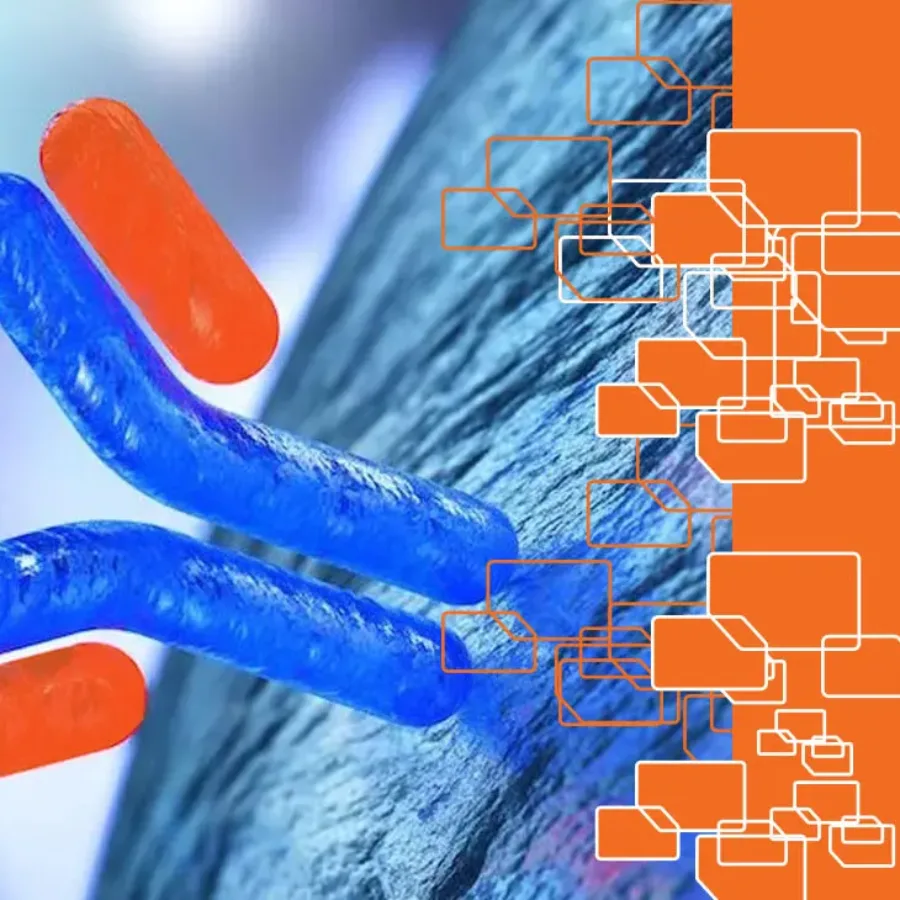 Blogs
Blogs
In the complex and dynamic bioanalytical landscape of antibody-drug conjugate (ADC) services, where often time is critical and every research dollar counts, hybrid technology is quickly emerging as a game-changer. Hybrid offers a spectrum of advantages that redefine traditional approaches to bioanalytical ADC drug development. At the forefront of these…
 Blogs
Blogs
If you are part of the Biotech/Pharma community, you may be familiar with the (J.P. Morgan) JPM Healthcare Conference that takes place annually in January and typically in San Francisco. This was the 42nd Annual JPM Healthcare Conference and it is the world’s largest healthcare symposium. This year the mood…
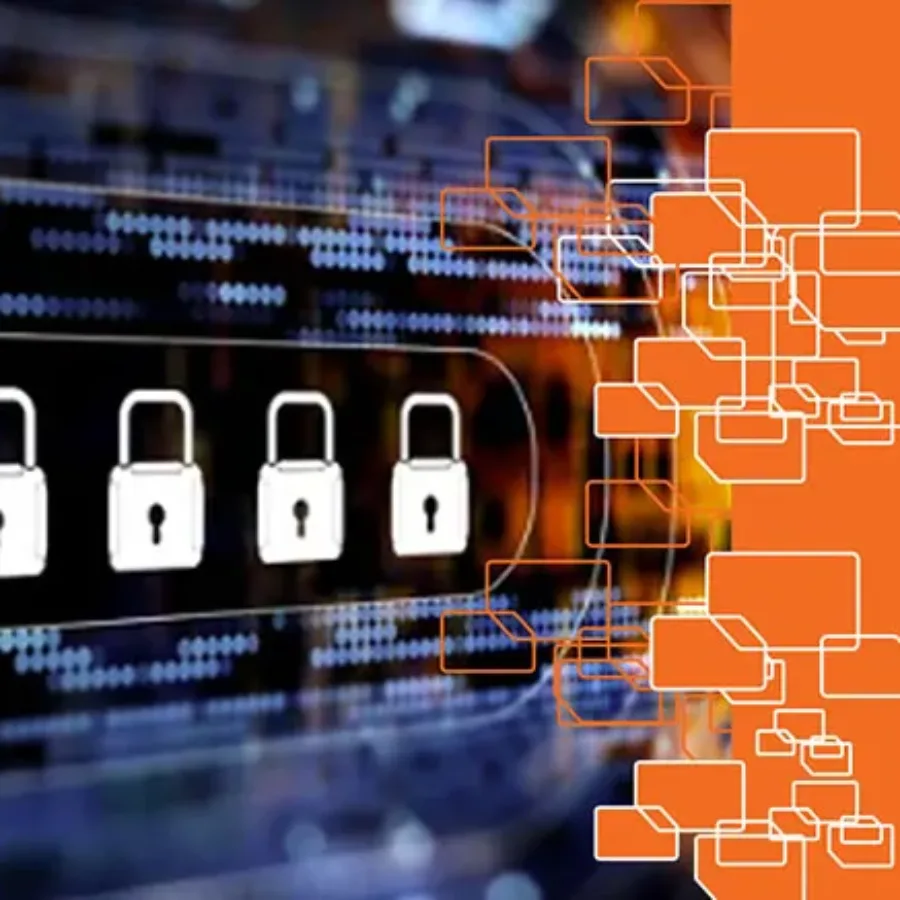 Blogs
Blogs
In the fast-paced and highly competitive landscape of contract research organizations (CROs) — where data serves as the cornerstone for all operations — robust data security practices are paramount. CROs play a pivotal role in the biopharma industry. They serve as trusted partners for conducting crucial studies and managing sensitive…
 Blogs
Blogs
Immunoassays are bioanalytical methods that generally use antibodies to detect and quantify specific analytes, often proteins, in biological samples. The process involves the capture of a target protein by an immobilized antibody, followed by its detection with another antibody conjugated either to enzymes, such as phosphatase alkaline or horseradish peroxidase…
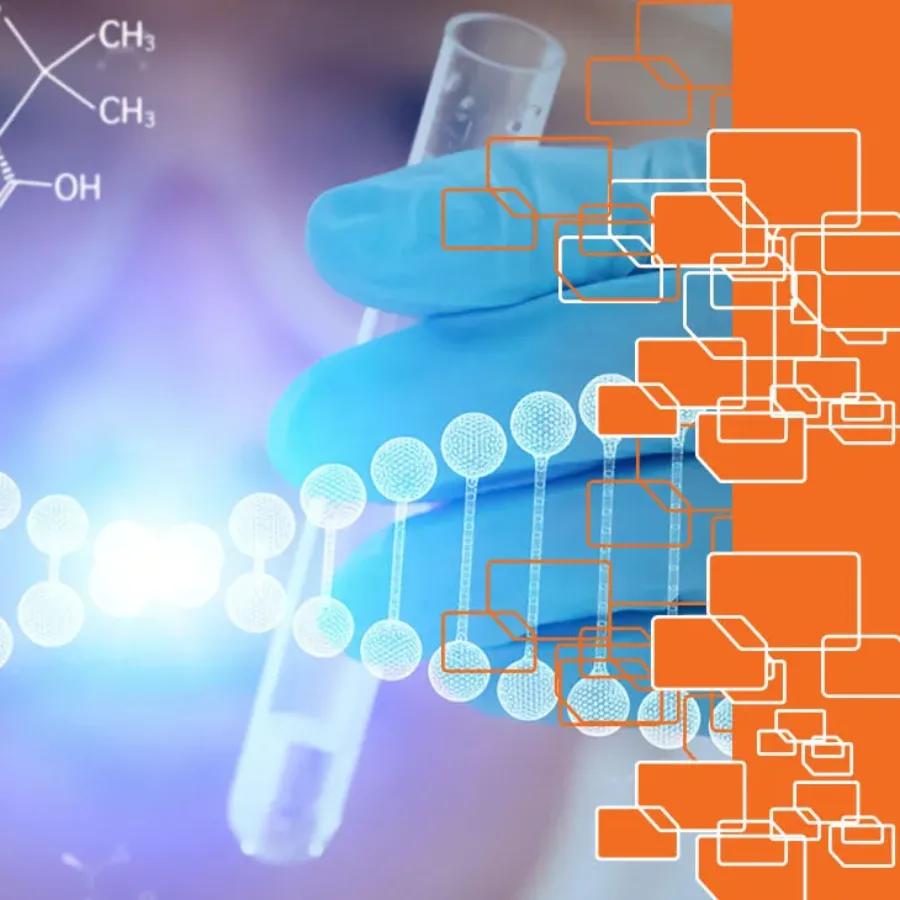 Blogs
Blogs
Two of the scientific experts from KCAS Bio have been leaders in determining the direction of qPCR and ddPCR technology for the industry. Carrie Vyhlidal, PhD and Jonathan Mercier are both part of the American Association of Pharmaceutical Scientists’ working group for PCR-based methodology, and they have recently…
 Blogs
Blogs
KCAS established our clinical sample kit (CSK) team in the early 1990s in response to shortcomings we observed in the collection techniques in trials where we were providing bioanalytical support. As the group has evolved, our aim has never been to be the biggest supplier in the industry but rather…
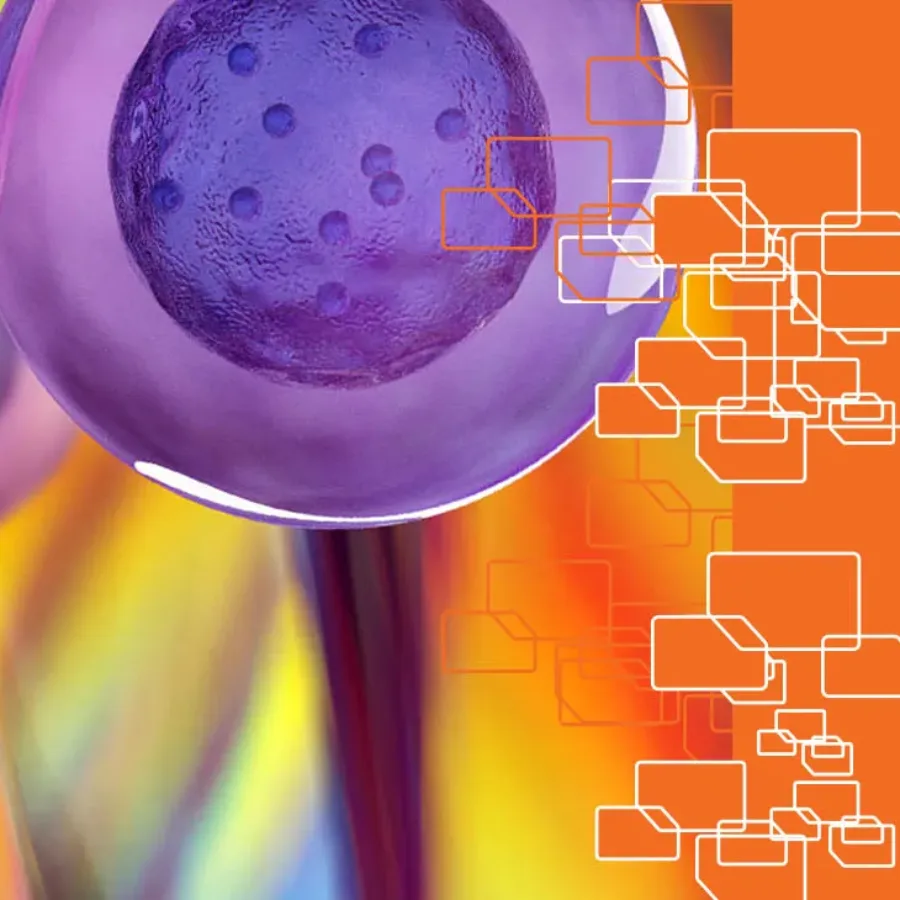 Blogs
Blogs
Flow cytometry is a highly sophisticated laboratory technique. Scientists use this procedure to analyze and quantify certain physical and chemical characteristics of cells or particles. In recent years, the prominence of flow cytometry has grown significantly, and understanding why is pivotal. The recognition of the technique’s importance, especially in the…
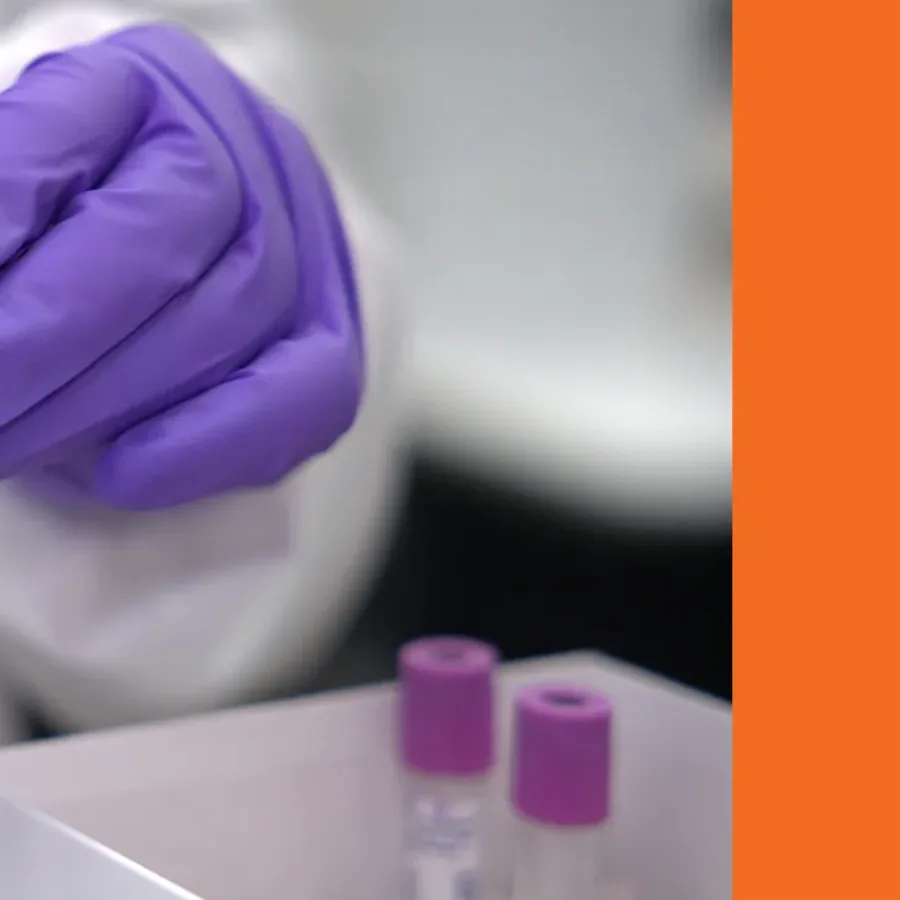 Blogs
Blogs
Clinical Sample Kitting is an immensely important part of many drug development projects, and one that requires the highest level of attention to detail, combined with the experience to ensure each kit is built exactly to specifications. KCAS Bio is the Clinical Kitting expert for your Drug Development needs. KCAS…